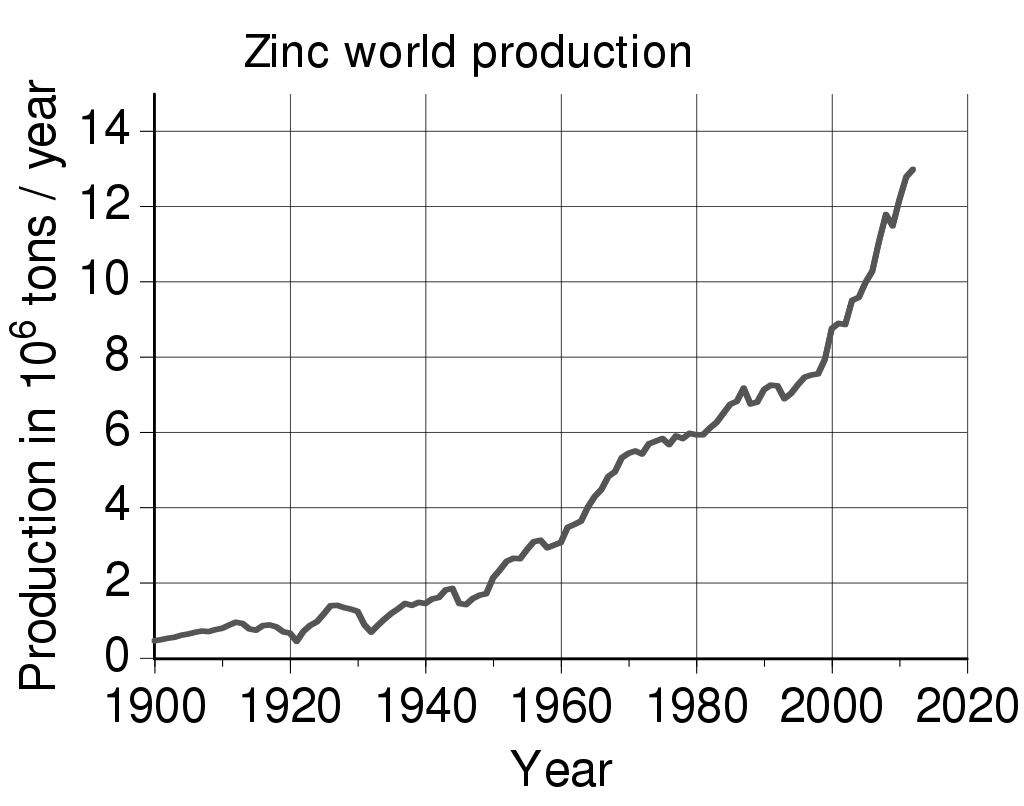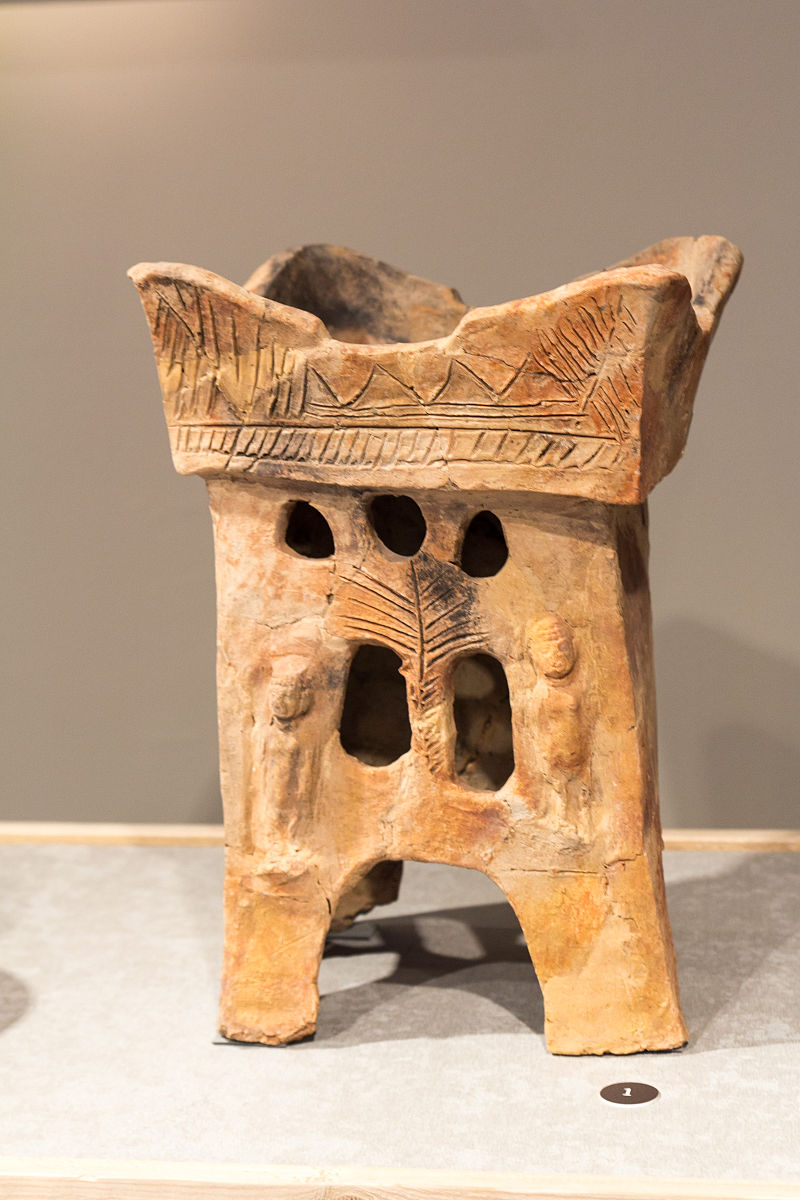Category: People
-

The trefoil knot fold is a protein fold in which the protein backbone is twisted into a trefoil knot shape
“Shallow” knots in which the tail of the polypeptide chain only passes through a loop by a few residues are uncommon, but “deep” knots in which many residues are passed through the loop are extremely rare. Deep trefoil knots have been found in the SPOUT superfamily. including methyltransferase proteins involved in posttranscriptional RNA modification in all three domains of life, including bacterium Thermus thermophilus and…
-

Tracheal cytotoxin (TCT) is a soluble piece of peptidoglycan (PGN) found in the cell wall of all gram-negative bacteria, but only some bacteria species release TCT including Bordetella pertussis, Vibrio fischeri, and Neisseria gonorrhoeae
Tracheal cytotoxin (TCT) is a 921 dalton glycopeptide released by Bordetella pertussis, Vibrio fischeri (as a symbiosis chemical), and Neisseria gonorrhoeae (among other peptidoglycan-derived cytotoxins it produces). It is a soluble piece of peptidoglycan (PGN) found in the cell wall of all gram-negative bacteria, but only some bacteria species release TCT due to inability to recycle this piece of anhydromuropeptide. History In 1980, it was discovered that B. pertussis could attach to hamster tracheal epithelial (HTE) cells, and also, that…
-
Transferrins
Transferrins are not limited to only binding to iron but also to different metal ions.
-

The transforming growth factor beta receptors
a family of serine/threonine kinase receptors involved in TGF beta signaling pathway
-
Cells in the APUD system may include Juxtaglomerular cells (JG cells), the renin producing cells in the kidney
Juxtaglomerular cells (JG cells), also known as juxtaglomerular granular cells are cells in the kidney that synthesize, store, and secrete the enzyme renin. They are specialized smooth muscle cells mainly in the walls of the afferent arterioles (and some in the efferent arterioles) that deliver blood to the glomerulus. In synthesizing renin, they play a critical role in the renin–angiotensin system and thus in autoregulation of the kidney. Juxtaglomerular cells secrete renin in…
-

Adenohypophysis regulates several physiological processes, including stress, growth, reproduction, and lactation
A major organ of the endocrine system, the anterior pituitary (also called the adenohypophysis or pars anterior) is the glandular, anterior lobe that together with the posterior lobe (posterior pituitary, or the neurohypophysis) makes up the pituitary gland (hypophysis). The anterior pituitary regulates several physiological processes, including stress, growth, reproduction, and lactation. Proper functioning of the anterior pituitary and of the organs it regulates can often be ascertained via blood tests that measure hormone levels. Structure The pituitary gland sits in a…
-
Pulmonary neuroendocrine cells
Neuroendocrine cells are cells that receive neuronal input (through neurotransmitters released by nerve cells or neurosecretory cells) and, as a consequence of this input, release messenger molecules (hormones) into the blood. In this way they bring about an integration between the nervous system and the endocrine system, a process known as neuroendocrine integration. An example of a neuroendocrine cell is a cell…
-

Homovanillic acid (HVC) and Vanillylmandelic acid (VMA)
Homovanillic acid (HVA) is a major catecholamine metabolite that is produced by a consecutive action of monoamine oxidase and catechol-O-methyltransferase on dopamine. Homovanillic acid is used as a reagent to detect oxidative enzymes, and is associated with dopamine levels in the brain. In psychiatry and neuroscience, brain and cerebrospinal fluid levels of HVA are measured as a marker of metabolic stress caused by 2-deoxy-D-glucose. HVA presence supports a diagnosis of neuroblastoma and malignant pheochromocytoma. Fasting plasma levels of HVA are known to be…
-
Neuromedin U
Neuromedin U (or NmU) is a neuropeptide found in the brain of humans and other mammals, which has a number of diverse functions including contraction of smooth muscle, regulation of blood pressure, pain perception, appetite, bone growth, and hormone release. It was first isolated from the spinal cord in 1985, and named after its ability to cause smooth muscle contraction in the uterus. Structure Neuromedin…
-

Asherah and Asherim notes
In the ancient Levant, doves were used as symbols for the Canaanite mother goddess Asherah. The Canaanite religion was the group of ancient Semitic religions practiced by the Canaanites living in the ancient Levant from at least the early Bronze Age through the first centuries AD. Canaanite religion was polytheistic and, in some cases, monolatristic. Some gods and goddesses were absorbed into the Yahwist religion of the ancient Israelites, notably El (who later became synonymous with Yahweh), Baal and Asherah, until…
-

In Greek mythology, Leucippus is notable for a magical gender transformation
In Greek mythology, Leucippus (Ancient Greek: Λεύκιππος Leukippos, “white horse”) was a young man of Phaestus, Crete. Leucippus was born to Lamprus, the son of Pandion, and Galatea, daughter of Eurytius the son of Sparton. He is notable for having underwent a magical gender transformation by the will of the goddess Leto. Due to his transition from female to male, Leucippus can be considered a transgender male figure in Greek mythology.…
-

Iphis Notes
In Greek and Roman mythology, Iphis or Iphys was a child of Telethusa and Ligdus in Crete, born female and raised male, who was later transformed by the goddess Isis into a man. (/ˈaɪfɪs/ EYE-fis, /ˈɪfɪs/ IF-iss; Ancient Greek: Ἶφις Îphis [íi.pʰis], gen. Ἴφιδος Ī́phidos) Mythology According to the Roman poet Ovid‘s Metamorphoses, there was a humbly born, but well-respected, man named Ligdus who lived in Phaestus with his pregnant wife, Telethusa. Ligdus said he wished for two things: that his…
-
herm. and Herm.
herm. is a botanical/zoological abbreviation for hermaphrodite, a sexually reproducing organism that produces both male and female gametes. Herm. following the name of a Christian saint denotes that the saint was a hermit
-

This guy (1745 – 1821) was a German physician and hygienist who wrote about ‘medical police’…a lot
Johann Peter Frank is considered a pioneer in the field of social hygiene and social medicine as well as public health and the public health service and was one of the founders of hygiene as a university subject. The six-volume (some say six, some say nine) system of a complete medical police is his main work. It took Frank almost four decades to compose it. It was the most comprehensive…
-
medical police
Medical police, originating in 18th century Europe, particularly Germany, was a far-reaching concept that blended public health, social control, and governance. It wasn’t just about controlling venereal diseases or regulating prostitution—it was an ambitious attempt to manage nearly every aspect of public life that could impact health and social order. Picture this: It’s the 18th…
Recent Posts
- 🧬 Disease Table with Low Sodium Connection
- 🧂 Sodium Reduction and Sodium Replacement: A History of Reformulation and Exploding Diseases, Including Many Diseases Unheard of Before Deadly Sodium Policies
- 🧂 The DEADLY 1500 mg Sodium Recommendation predates the WHO’s formal global sodium reduction push by nearly a decade (and it’s even worse than that)
- 🧬 What Is Beta-Glucuronidase?
- When Sugar Was Salt: Crystalline Confusion and the Covenant of Sweetness
Tags
ADAM ASPARTAME Birds Blood Bones Brain Bugs Cancer Columba Cows crystallography Death Death cults Eggs Etymology Gastrin Gold Growth hormone History Hormones Insulin Liver Mere Perplexity Metal Monkey Business Mythology Paracetamol Plants Poison Pregnancy Protein Religion Reproduction Rocks Salt Slavery Snakes Sodium the birds and the bees Thiocyanate Tobacco Tylenol Underworld Venom zinc

